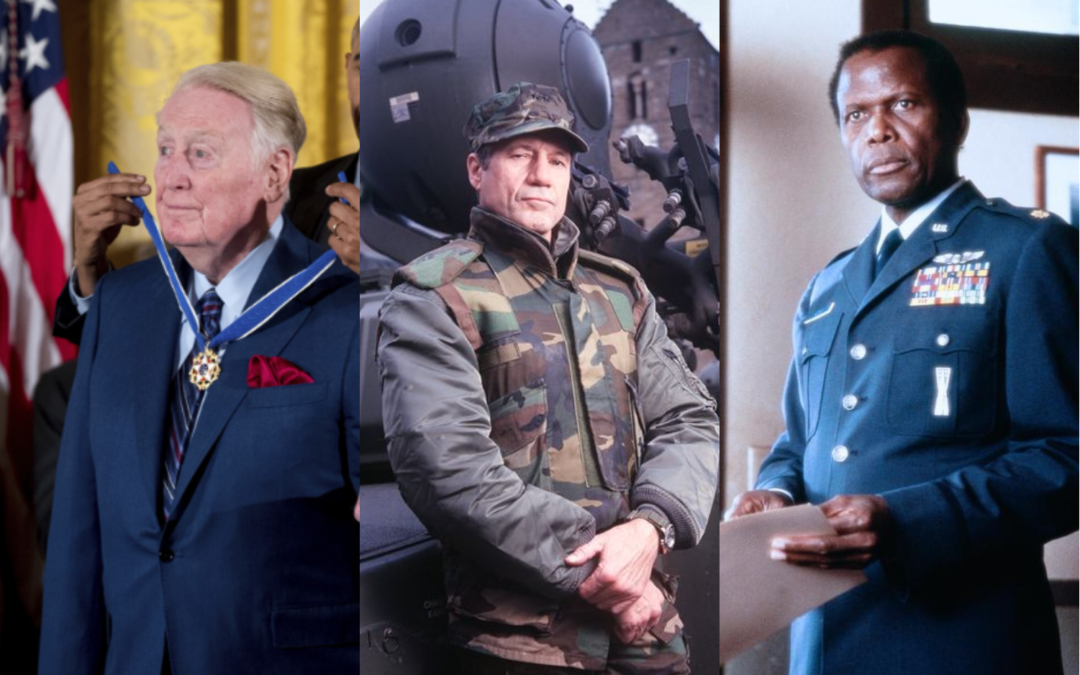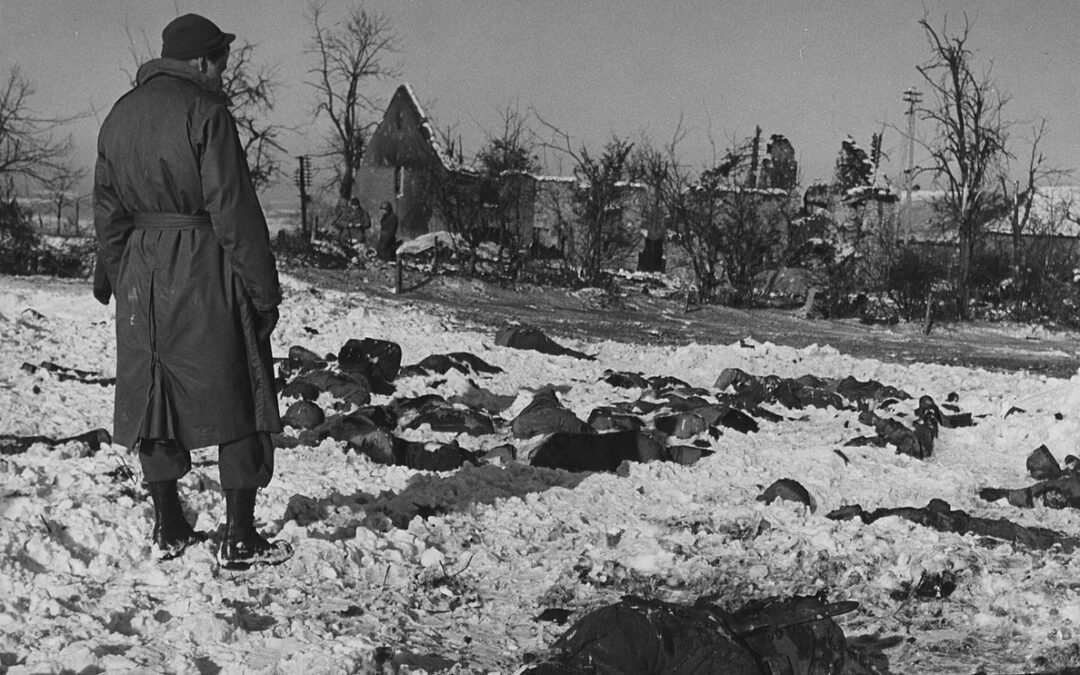The Civil War started because of uncompromising differences between the free and slave states over the power of the national government to prohibit slavery in the territories that had not yet become states. When Abraham Lincoln won the 1860 election as the first Republican President on a platform pledging to keep slavery out of the territories, South Carolina legislature passed the "Ordinance of Secession," which declared that "the Union now subsisting between South Carolina and other states, under the name of the United States of America, is hereby dissolved." Within six weeks, five more Southern states - Mississippi, Florida, Alabama, Georgia, and Louisiana - had followed South Carolina's lead and formed a new nation, the Confederate States of America. Former Union general, Jefferson Davis, was selected as it's first President. Within a few months, five more slave states seceded and joined the Confederacy. Predictability, the incoming Lincoln administration, and most of the...











